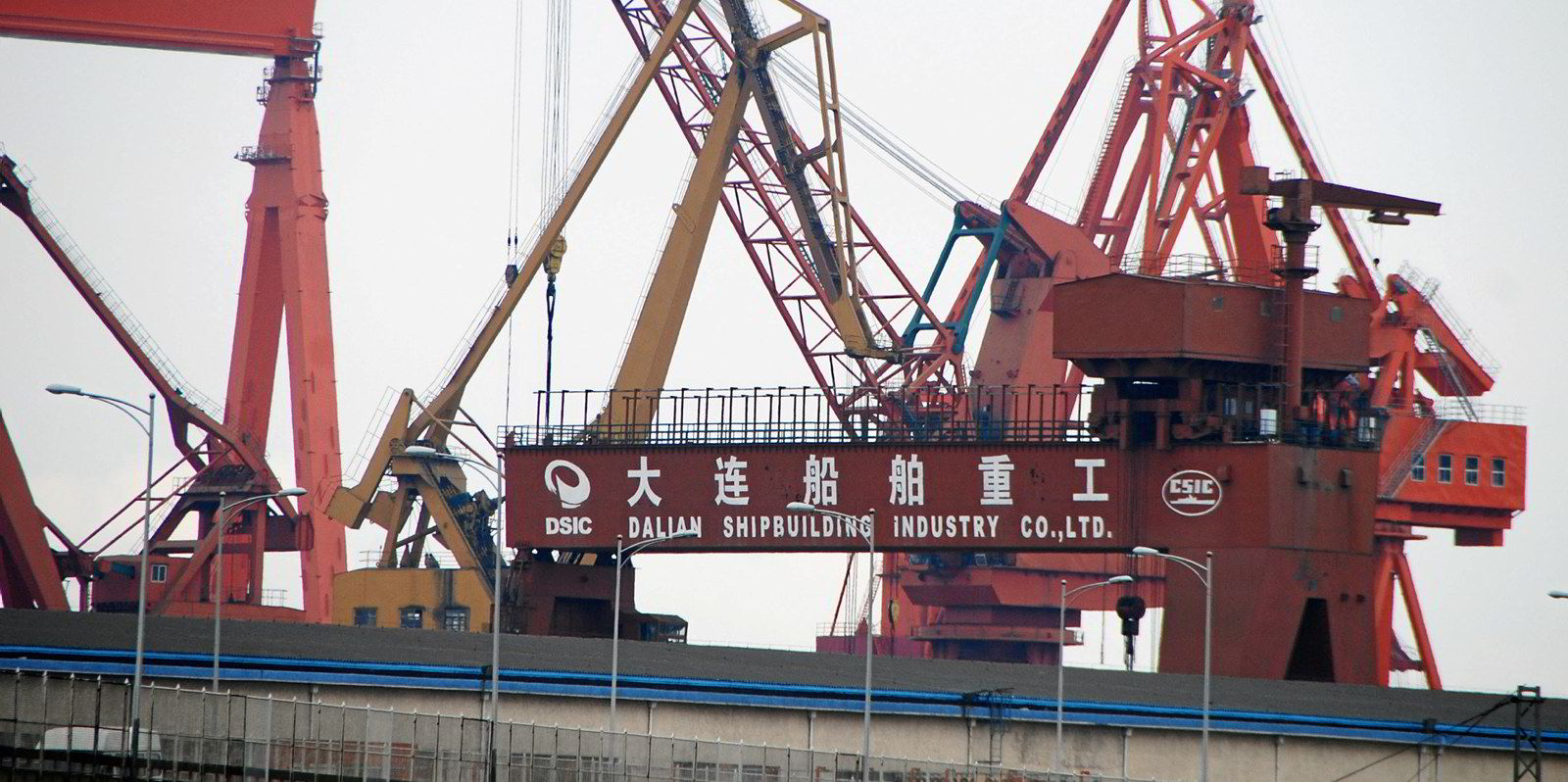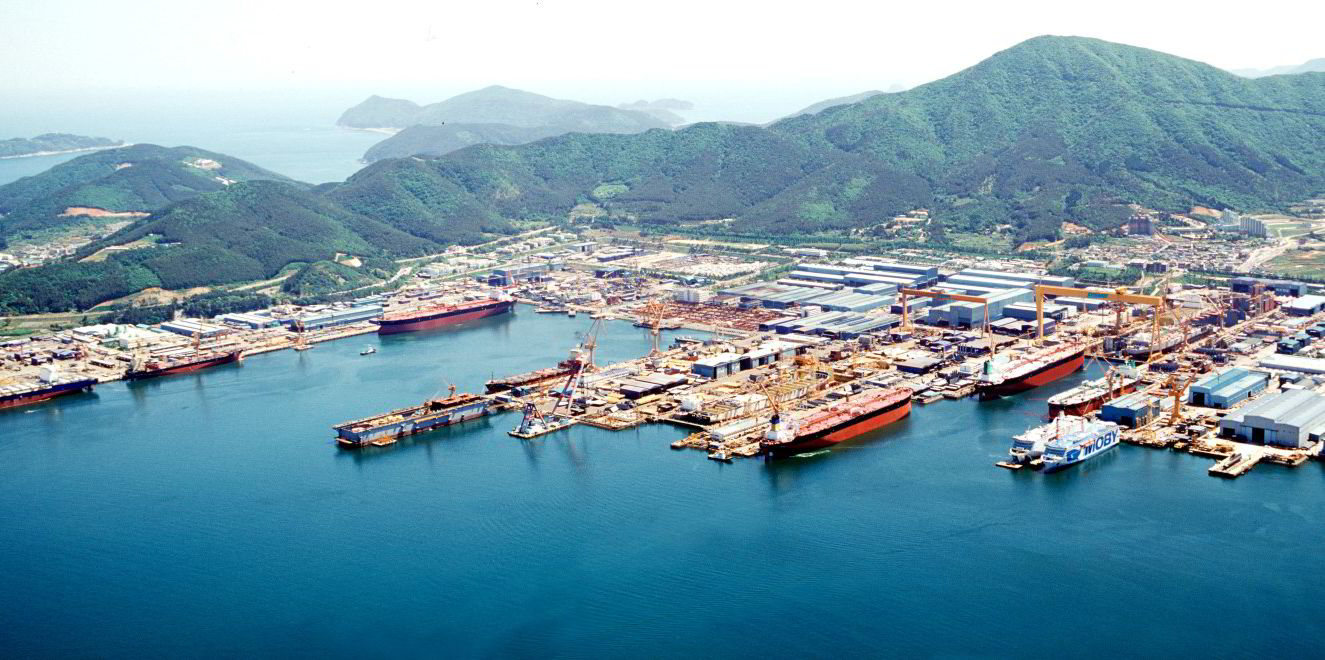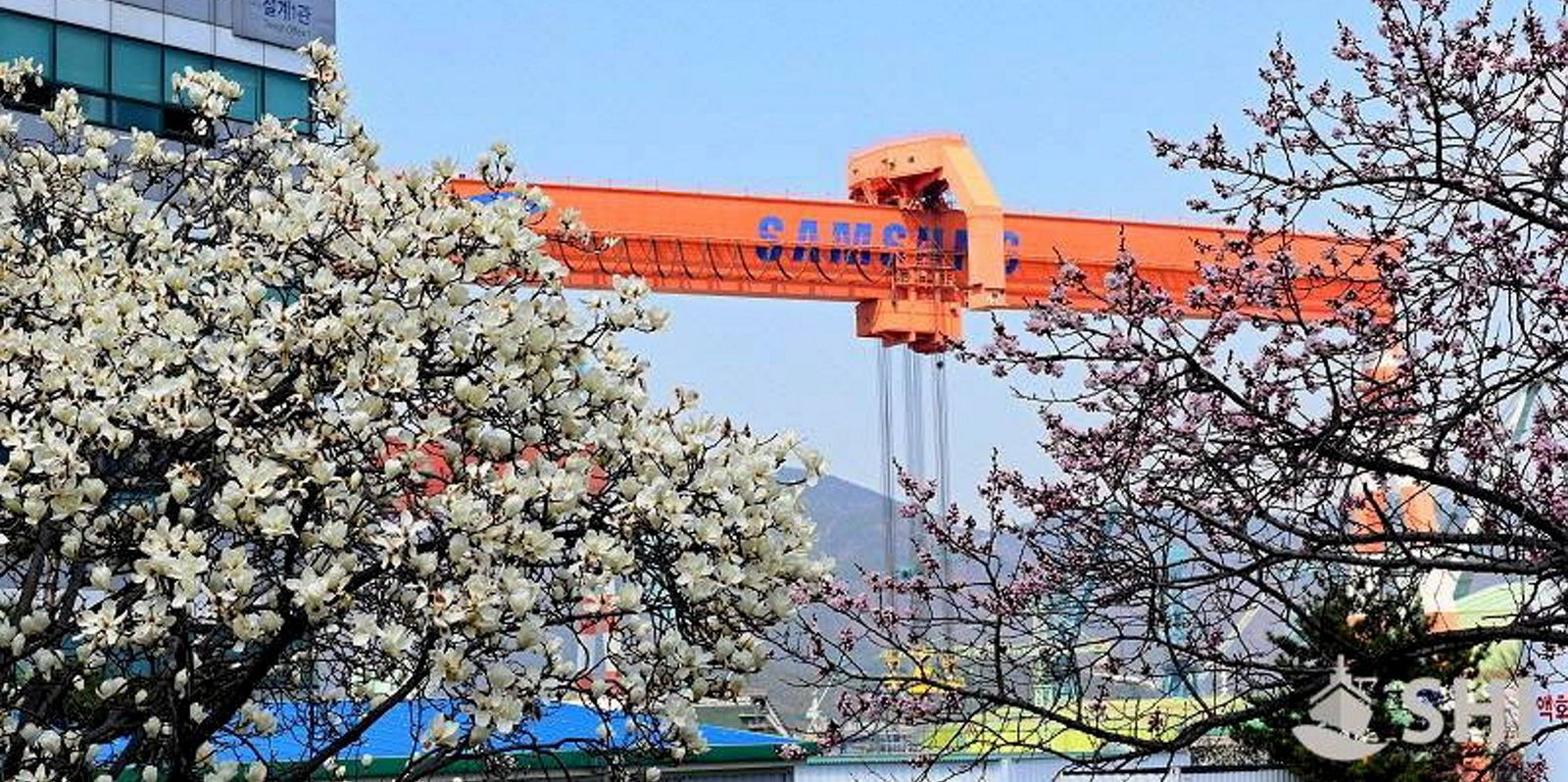The world’s first LNG-fuelled VLCC has begun its sea trial following successful underwater construction, according to shipbuilder Dalian Shipbuilding Industry Co.
Dalian Shipbuilding, part of state-owned conglomerate China State Shipbuilding Corp (CSSC), said on its website the 318,000-dwt vessel hit the water on Friday.
The VLCC is installed with a propulsion system provided by WinGD, also a CSSC subsidiary, and can be powered by both LNG and conventional oil-based fuels.
The bunkering system is based on Type C tanks and refuelling speed is 1,500 cbm per hour.
“We were made aware of a lot of systems, equipment and materials during the construction for the first time. That presented some challenges,” the shipbuilder said.
“Dalian Shipbuilding held many technical training and exchange forums in the initial phase of construction to lay solid foundation on the technical side for the workers.”
Cosco Shipping Energy Transportation, the flagship tanker unit of state group China Cosco Shipping, agreed to pay Dalian Shipbuilding $553m for four VLCCs and three suezmax tankers in 2017.
VLCC upgrade
Two years ago, the owner decided to fork out an extra $6m to upgrade one of the VLCCs to be duel-fuelled.
The vessel, due to be delivered in November, is understood to have been chartered to a Western firm on a long-term contract. Further charter details are not available.
Data from Dalian Shipbuilding shows the VLCC is designed to consume 60 tonnes of LNG per day and has an Energy Efficiency Design Index (EEDI) 36% lower than the baseline.
Cosco Energy’s upgrade project has kick-started a wave of newbuilding orders for LNG-powered VLCCs, generally backed by oil majors that also produce large volumes of gas.
Clarksons Research data reveals that of the world’s 76 VLCC newbuilding orders, 21 are capable of running on LNG. Another 11 can have the same capability after retrofits.
The ships are under construction at South Korea’s Samsung Heavy Industries, Daewoo Shipbuilding & Marine Engineering and the Hyundai group of yards, aside from the Cosco vessel.
“The inclusion of dual-fuel technology in the construction of the relevant VLCC, which allows it to utilise LNG as fuel, will enable the company to prepare for the more stringent CO2 emission standards under phase 3 of the implementation of the EEDI in advance,” the owner said when ordering the upgrade.
“LNG has a low carbon content, higher calorific value per unit and lower power consumption per unit compared to traditional fuels such as diesel and heavy fuel oil. LNG is also expected to be more economical than low-sulphur fuel oil.”







